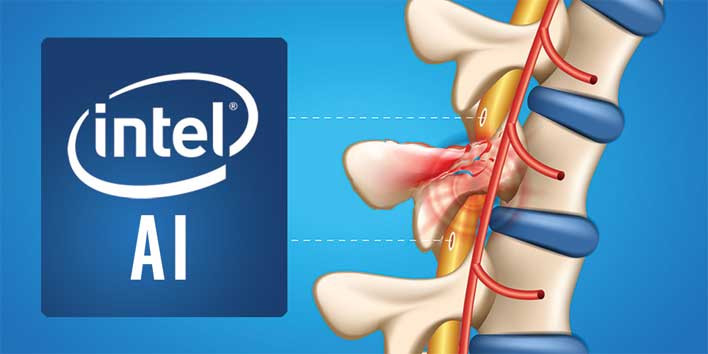Intel And Brown University Deploy AI To Help Paralyzed Patients Regain Movement

During the two year-program, researchers will record motor and sensory signals for the spinal cord. The team will use AI networks to learn how to stimulate the post-injury site to send motor commands. During the study, surgeons at Rhode Island hospital near Brown University will implant electrode arrays on both ends of a patient's injury site.
The electrodes will create an intelligent bypass to allow the severed nerves to communicate in real-time. The team will leverage both AI open-source software, including nGraph and Intel AI accelerator hardware, to meet the real-time requirements of the application.
The human body can't regenerate severed nerve fibers, and in the case of a spinal injury, the electrical commands from the brain will no longer reach the muscles leading to paralysis. There are huge numbers of people around the world suffering from spinal cord injuries, with the National Spinal Cord Injury Statistical Center estimating that 291,000 people are living in the U.S. with spinal cord injuries.
More than 17,000 new cases are added each year, and over 30% of those spinal cord injuries result in complete paraplegia or tetraplegia. If a system of conducting those electrical impulses down the spine and past the damaged area can be developed, these people could get the ability to walk and control their bladder back. Intel will provide the hardware, software, and research support for developing the AI and machine learning tools.
In 2016, a DARPA -funded project gave injured soldiers access to Star Wars-inspired bionic arms.

